From June 13 to Nov. 2, 2025, the halls of Lecco ’s Palazzo delle Paure will host the exhibition Antonio Ligabue and the Art of the Outsiders, an exhibition that explores the relationship between art and mental distress through a select body of works signed by Antonio Ligabue (Zurich, 1899 - Gualtieri, 1965) and other 20th-century Italian artists whose creative experience was marked by mental illness and, often, asylum internment.
Curated by Simona Bartolena and produced and realized by ViDi cultural and Ponte43 in collaboration with the Municipality of Lecco and the Sistema Museale Urbano Lecchese, the exhibition features fourteen works by Ligabue and about forty paintings and drawings by artists such as Filippo de Pisis, Carlo Zinelli, Pietro Ghizzardi, Gino Sandri, Edoardo Fraquelli, Mario Puccini and Rino Ferrari. The exhibition opens with an installation by Giovanni Sesia, a contemporary artist who has centered part of his visual research on the theme of psychiatric internment, reworking archival photographs of the faces of patients admitted to major Italian hospitals in the early 20th century. This is the prelude to a journey that weaves together eight biographies and eight artistic languages, different but united by the experience of marginality.

The centerpiece of the exhibition project is the figure of Antonio Ligabue, who died in 1965 in Gualtieri, sixty years ago. Born in Zurich in 1899 and moving to Italy as a young man, Ligabue lived a life marked by marginalization, psychiatric hospitalizations and poverty. His relationship with painting was total, so much so that it was a true form of survival. The works exhibited in Lecco document the main nuclei of his production: ferocious beasts, landscapes of the Lower Po Valley, peasant work scenes, and self-portraits. Among the works on display are Jaguar with gazelle and snake (1948), Lioness with zebra (1959-1960), Fox on the run (1957-1958), Return from the fields with castle (1955-1957), Peasant with horse in tow (1955-1956), Plowing with oxen (1953-1954), and Self-portrait with grating (1957). Two unpublished works, Self-Portrait with Dragonfly and Pasture, are from private collections. Ligabue’s inclusion in the strand ofnaïf art has long limited the understanding of his poetics, which the exhibition intends instead to restore in its full expressionist and primitive value, so much so that it places him in an important line of 20th-century European art. Alongside Ligabue, the figure of Filippo de Pisis, a painter and poet, stands out, whose art traverses Metaphysics but soon opens up to a personal stylistic figure, imbued with melancholy and sensitivity. After the Parisian years, marked by creativity and worldliness, de Pisis returned to Italy, where he faced a slow mental decline. His hospitalization at Villa Fiorita in Brugherio marks a new chapter: the paintings of this period, including some still lifes and Brianza views exhibited in Lecco, highlight a sense of emptiness and loneliness that permeates the pictorial surfaces, left largely bare and marked by essential brushstrokes. The case of Mario Puccini offers another perspective on the intertwining of mental distress and art. Described by Emilio Cecchi as “an involuntary Van Gogh,” the Leghorn painter was interned at the psychiatric hospital in Siena in 1894 and came out after four years, profoundly transformed. Painting became an exclusive tool of expression for him. His seascapes and cityscapes, often repeated in their themes, are distinguished by a free use of color and an expressive force that broke free from the Tuscan Macchiaioli tradition.
Gino Sandri also lived a life marked by imprisonment in several psychiatric institutions. Initially an appreciated illustrator and draftsman, he was locked up for unclear political reasons. The alternation of freedom and imprisonment was constant for him: Rome, Milan, Turro, Affori, Mombello. During periods of internment, Sandri continued to draw with intensity. Presented at Palazzo delle Paure are his portraits of internees, in which a refined and acute sign emerges, capable of recounting the complexity of imprisoned humanity.
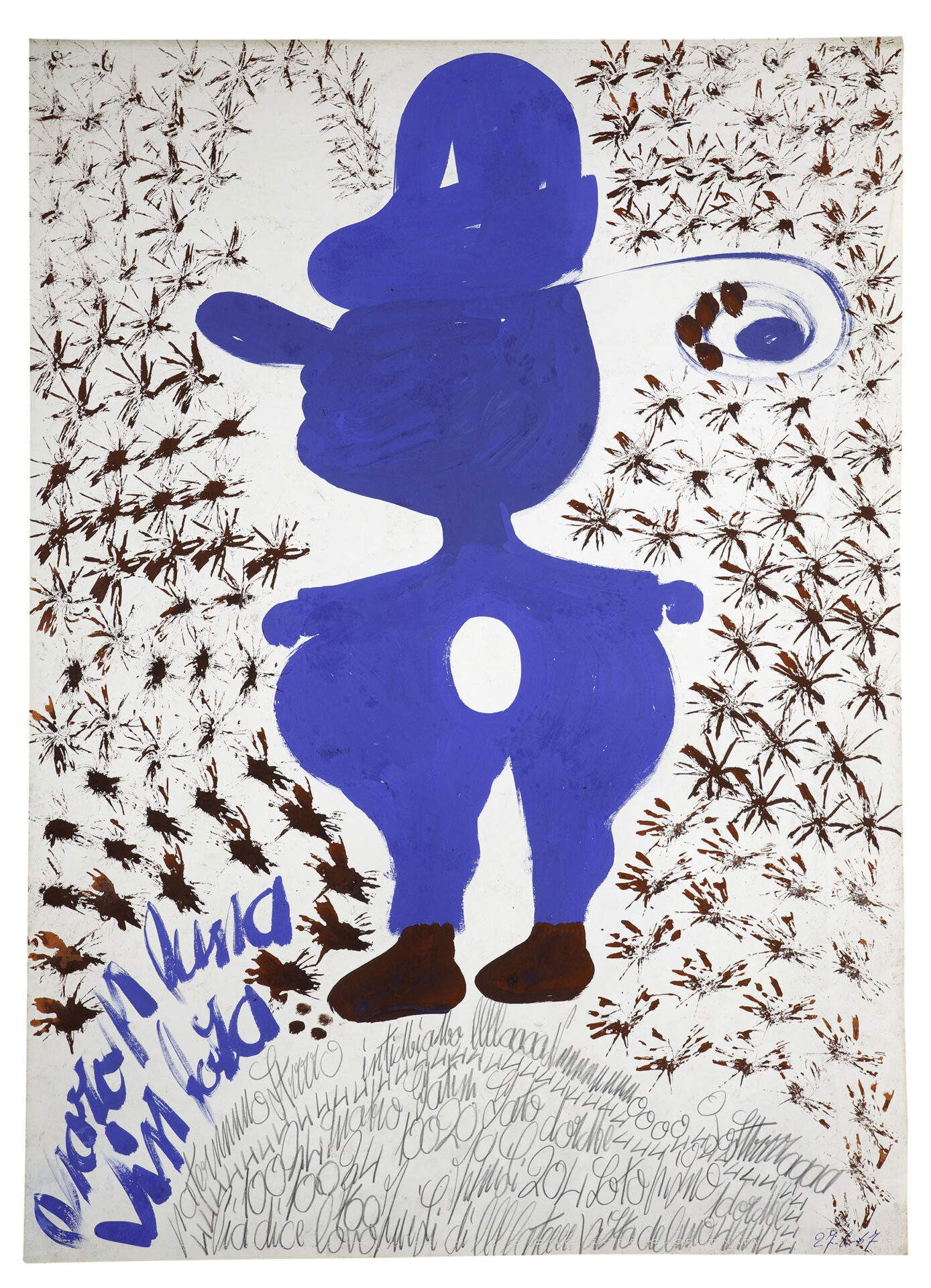
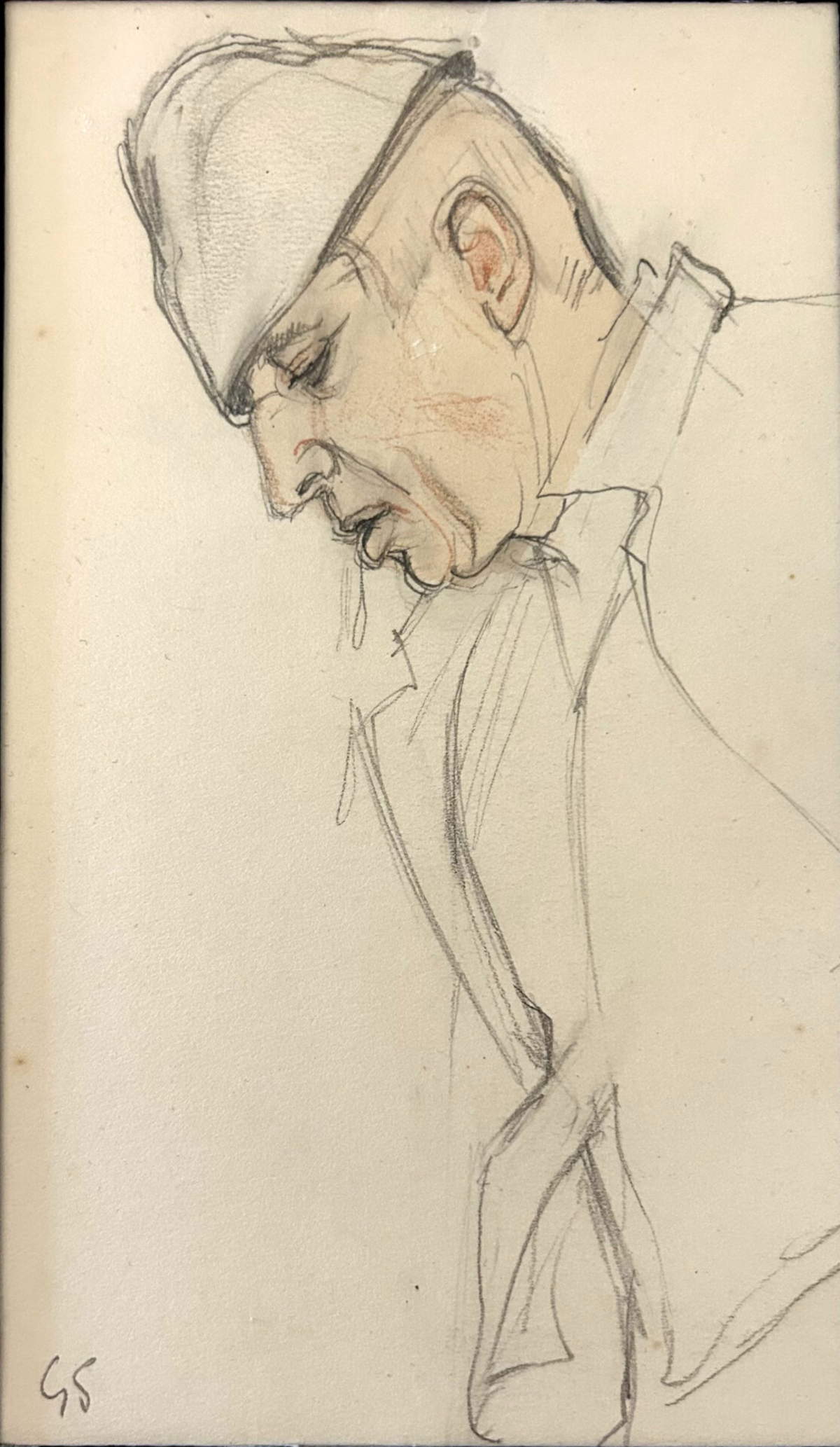
A similar experience was had by Rino Ferrari, whose mental fragility worsened after the massacre of Cephalonia, which he witnessed as a soldier. In the asylum, encouraged by a doctor, he began to draw. His works, particularly those in the Agony series, are attempts to grasp the boundary between life and death, an obsession that runs through all his research. Carlo Zinelli represents one of the most recognized voices of ItalianArt Brut. Thanks to the support of psychiatrist Vittorino Andreoli, Zinelli found in painting a stable form of communication. His works, characterized by an autonomous and visionary visual vocabulary, recall ancient and primitivist iconographies: two-dimensional figures, repeated signs, hypnotic visual rhythms. Pietro Ghizzardi , often likened to Ligabue, offers a different vision of artistic marginality.
Also from the Lower Po Valley, he preferred to portray the women of his village rather than rural scenes or exotic animals. His canvases, dominated by gray tones, are animated by a singular expressive tension, where the primitive element is married to an often repressed desire for beauty. Edoardo Fraquelli , an artist from Como whose creative parabola was interrupted by psychiatric internment, closes the itinerary. Trained in an informal context close to Lombard naturalism, Fraquelli abandoned art until he met two young collectors who relaunched his career. His works range from intense, sign-laden compositions to luminous, silent surfaces, outcomes of a new awareness. A catalog published by Ponte43 for ViDi cultural accompanies the exhibition, offering further insights into the lives and works of artists who, often relegated to the margins, contributed significantly to the history of 20th-century Italian art.
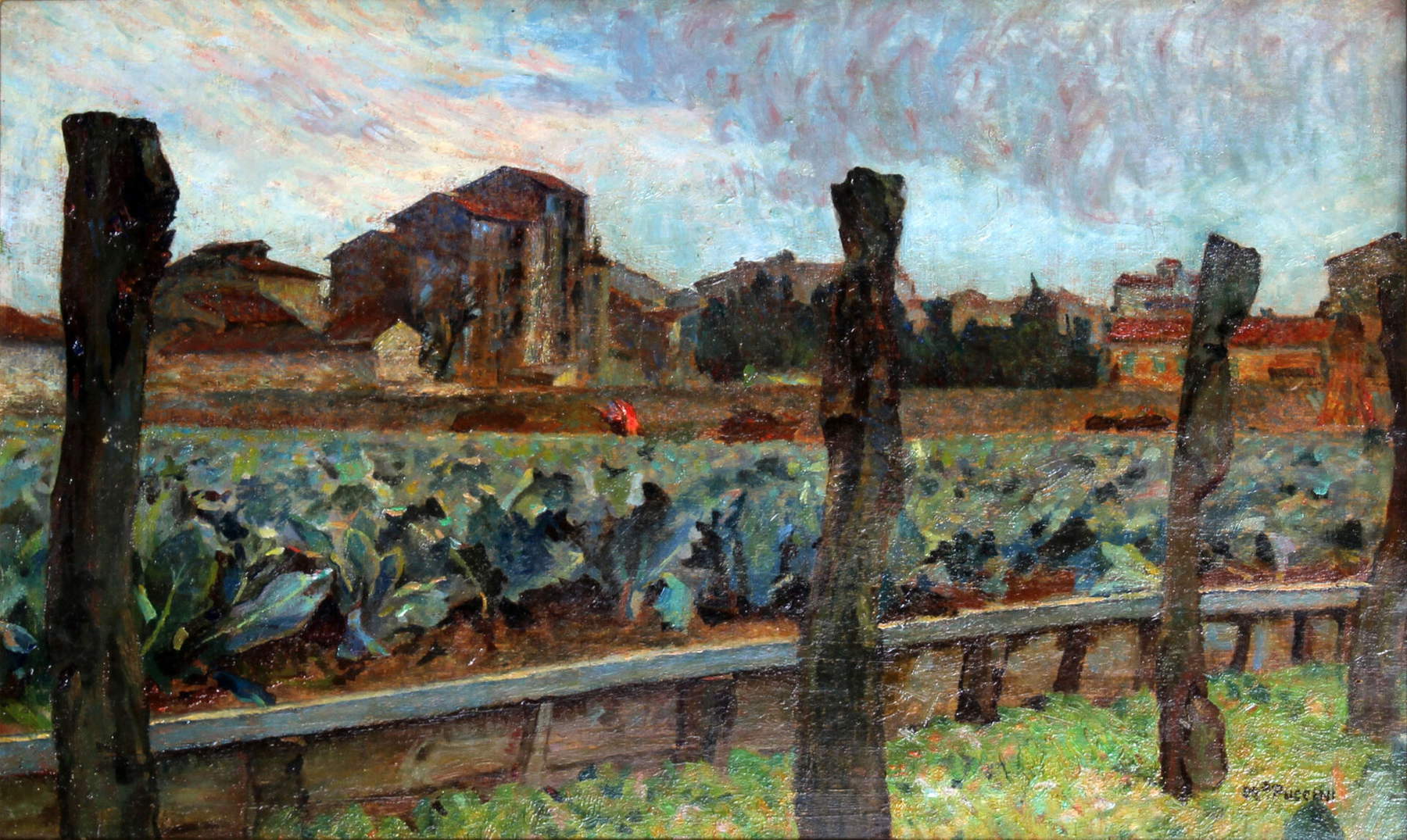
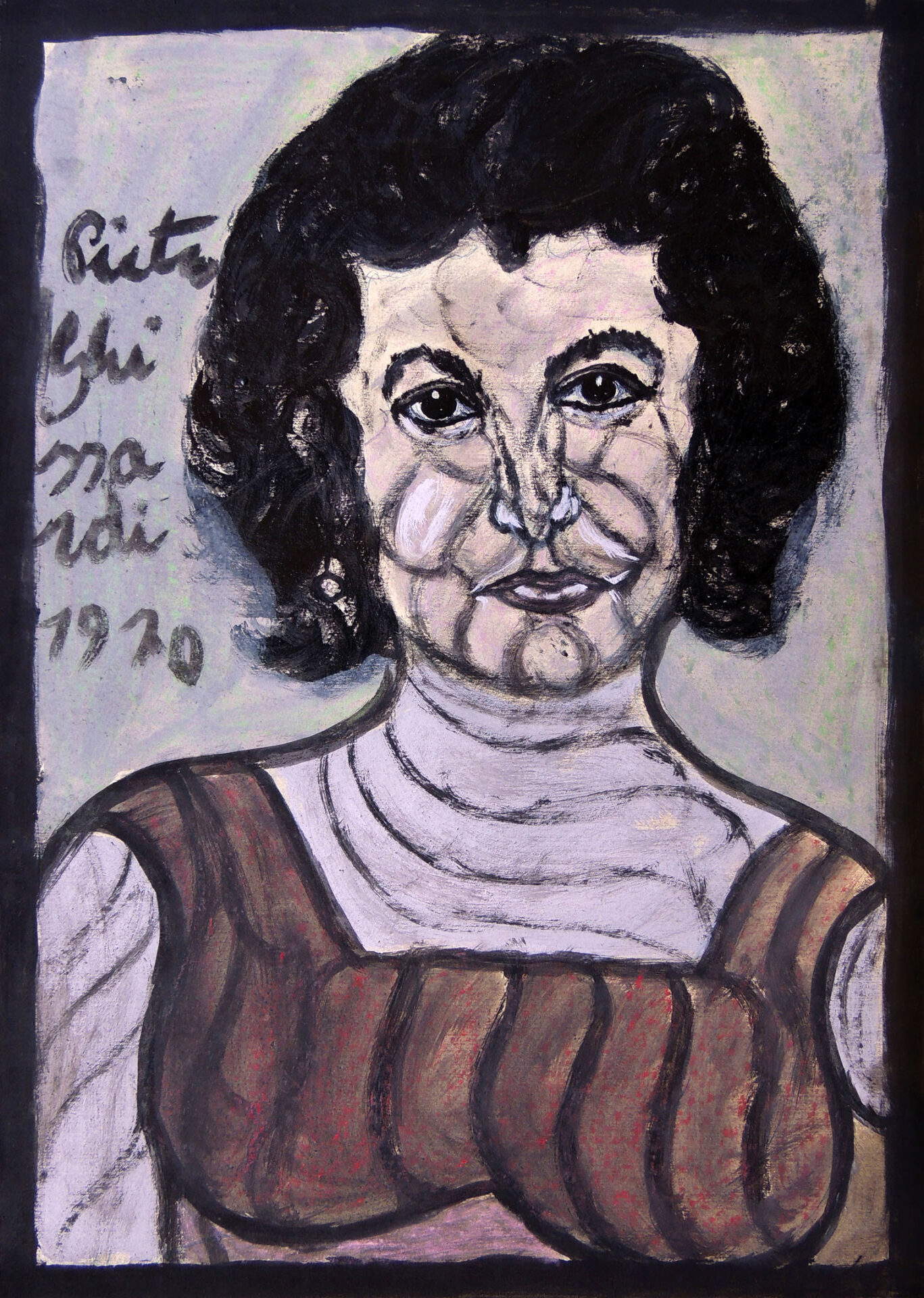
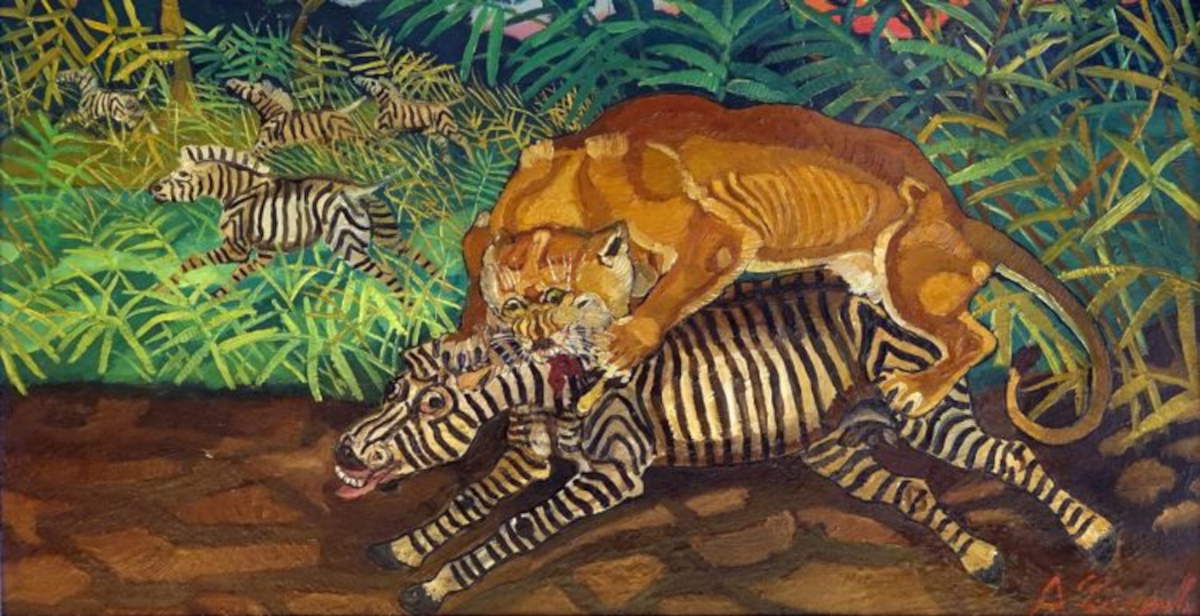 |
| An exhibition in Lecco on Ligabue and the outsiders: art and madness between expressionism and isolation |
Warning: the translation into English of the original Italian article was created using automatic tools. We undertake to review all articles, but we do not guarantee the total absence of inaccuracies in the translation due to the program. You can find the original by clicking on the ITA button. If you find any mistake,please contact us.